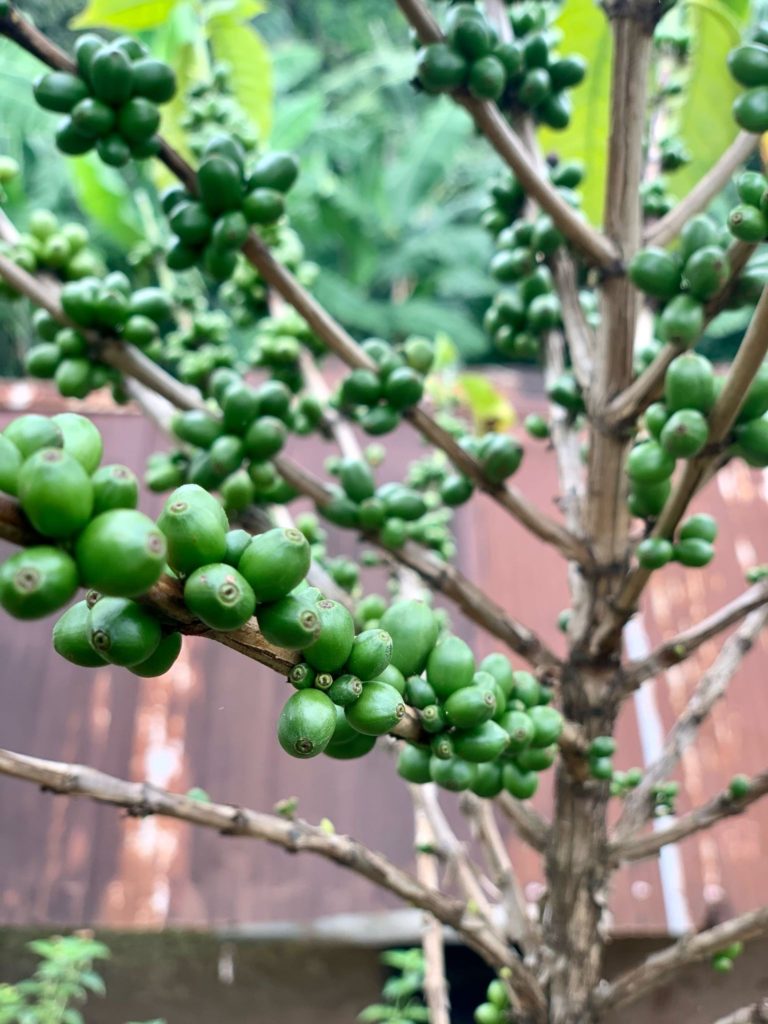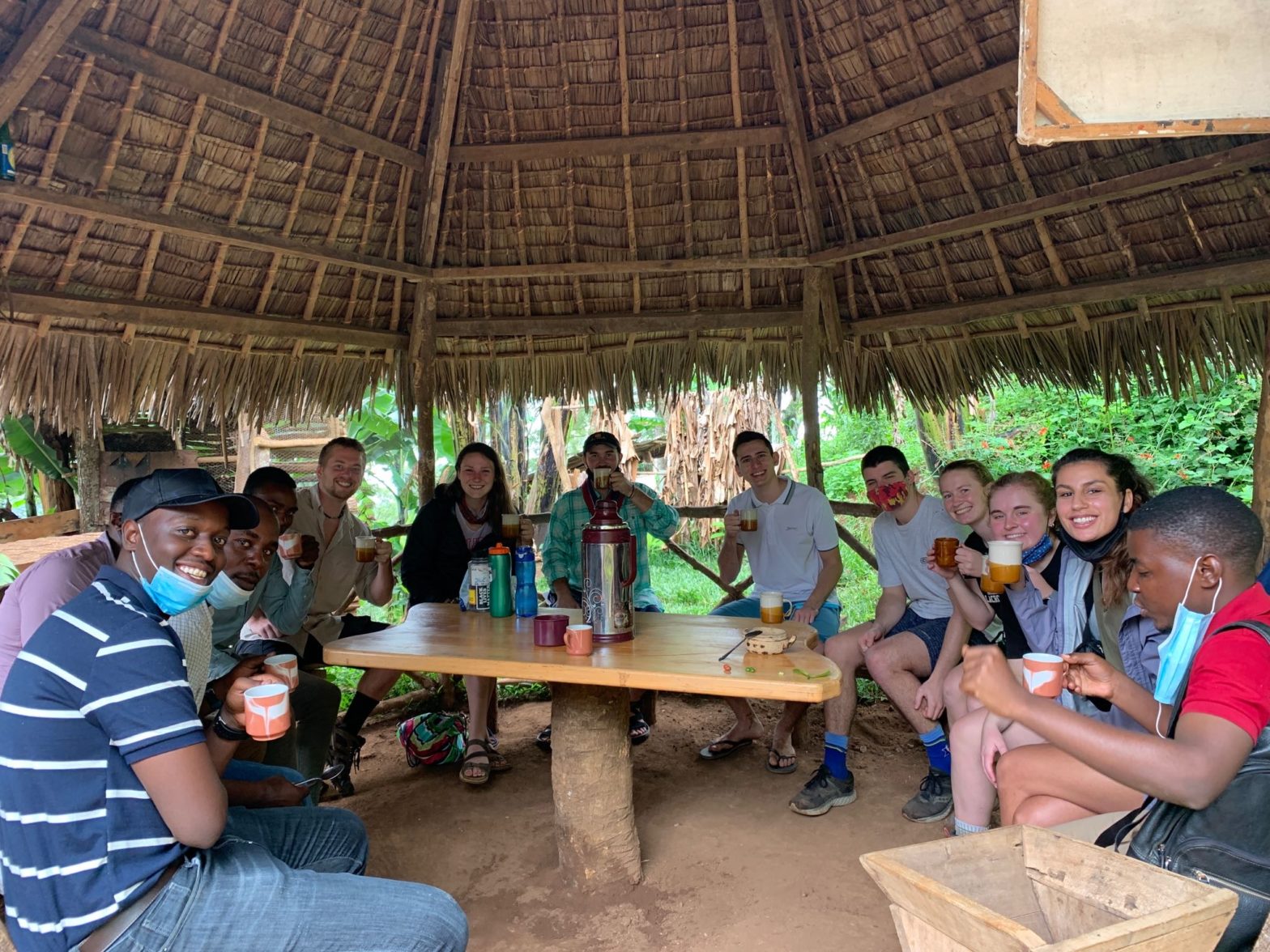
Following our week-long quarantine in Arusha, we headed off to the mountain town of Mweka at the foot of Kilimanjaro. I say that it is at the foot but in reality, Mweka is still situated 1374m in the air (comparable to Arusha). The goal of our trip was to spend a couple of days studying at the world renown College of African Wildlife Management (CAWM). CAWM currently has two different career paths their students can take, those being Wildlife management (on which the college was founded) and Wildlife Tourism (added on in the last decade). CAWM is the largest producer of Wildlife rangers throughout Tanzania and thus, surrounding countries often send prospective rangers their way. Throughout our stay, we attended many lectures focused on various conservation practices throughout the country as well as the political implications behind them. However, as cool as those lectures were, the most memorable parts of the trip came from the excursion to the small town of Materuni.
Much of the people living in the towns in and around Kilimanjaro identify with the Wachagga tribe. The Wachagga tribe has been living in the surrounding regions for centuries and have a long standing history of cultivation. Their staple crops include the banana tree and the coffee tree which are intercropped together for maximum yield. Part of our excursion included getting to see the coffee making process; from the bean picked off the plant to the cup of warm brew in your mug.
The soil found on the slopes of Kilimanjaro is just the right composition to yield an impressive coffee crop, which can be harvested 3 times a year. The beans grown on the coffee tree have three stages: green (pictured below), yellow and red. Once the beans turn red, they are ready to harvest and the process can begin.

Following the hand picked harvest of the ripe coffee beans, the outer layer is crushed in a hand cranked grinder akin to a nutcracker. Following the outer shell removal, one more layer has yet to be removed. The solution? A tradition that has been passed down through the Wachagga for generations. Through the utilization of what is essentially a giant mortar and pestle made out of wood, the final protective layer is pummeled off of the coveted bean below. This is a process which involves much singing and dancing from friends and neighbors as seen below.
Once all of the shells have been pounded off of the bean, the chaff must be separated from the beans. This process (pictured below) is fairly straightforward, and involves collecting the beans in a shallow basket and then proceeding to toss everything in the air for the wind to carry away.
Once the chaff has all been blown away, the beans then need to be roasted to bring out their flavor. A few minutes in a metal kettle over an open fire suffices.
Once the beans have been thoroughly roasted, they undergo one more round of pounding in the mortar and pestle to grind the beans down into coffee grounds. Those grounds are then taken back to the kettle, which by now has water in it and the coffee is brewed.
The coffee is then poured into a giant thermos and is ready to energize.
Though by no means am I a coffee drinker, I did enjoy the coffee we made in Materuni. The Wachagga also have a habit of taking shots of coffee in the morning before heading into the fields. This entails taking a handful of coffee grounds, mixing it with sugar, and then swallowing it as is. I was skeptical at first but by the end of the day, I had taken three of them. I finally got to sleep around 3am.


